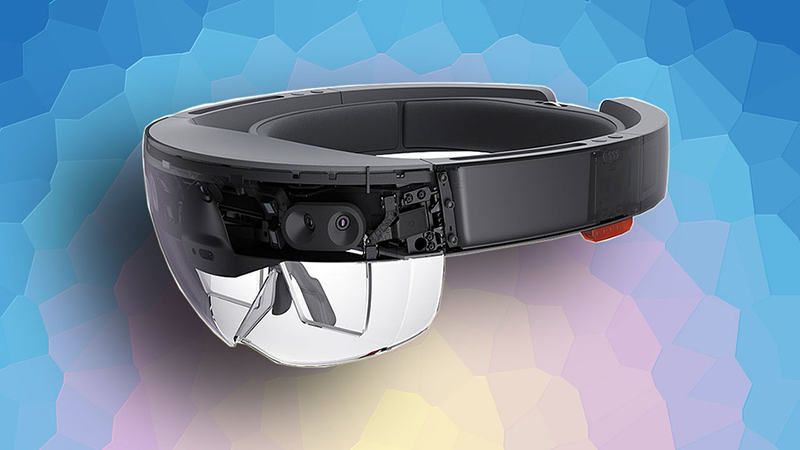The U.S. Army recently showed off a new augmentation system, called the Integrated Visual System (IVAS), which is actually a modified version of the Microsoft HoloLens 2 augmented reality (AR) headset.
Read more British Army Exploring Utilization of Wearable Technology for Injury Prevention
When Microsoft received a $480 million contract last November to equip soldiers with its HoloLens 2, its employees balked at the company, asking what would the system look like. Now, the Army provided CNBC an early demo of its Integrated Visual Augmentation System, which uses a modified HoloLens 2 to provide both combat assistance and training. It reportedly feels like a “real-life game of Call of Duty” — you can see your squad’s positions on a map, a compass, and even your weapon’s reticle. Thermal imaging would help you see in the dark without as much of a telltale glow as existing night vision headsets, reports CNBC. The Army said the system would “increase lethality by enhancing the ability to detect, decide, and engage before the enemy.”

AR headsets augment digital elements on top of what’s around you in the real world, compared to virtual reality (VR) headsets that immerse wearers into an alternate universe. CNBC’s Todd Haselton tried on the IVAS, and he saw a map on the floor that displayed his location, as well as those of other squad members who were also wearing the headsets, and a compass when looking up. He also various saw various waypoints that marked the location of squadmates or known enemy positions, when he moved.
Read more Doctors Use HoloLens to Investigate Heart Scars in High Resolution Before Surgery
“The headset is impressive — better than any augmented reality experience I’ve ever seen, including Magic Leap, which also tried to win the Army contract,” writes Haselton.
The military, however, wouldn’t say how much the headset costs, but the consumer version of the headset costs $3,500.












